A new report reveals that unlocking the renewable energy potential of Aboriginal land holdings in New South Wales (NSW) could deliver significant clean energy capacity and accelerate progress toward the state’s clean energy targets.
The Local Aboriginal Land Council Powershift report, developed through a joint research initiative between UNSW Sydney and University of Technology Sydney (UTS), found there is a significant opportunity for renewable developers to partner with the state’s 121 Aboriginal land councils and build solar, wind or transmission lines on their land holdings.
“Aboriginal Land Councils manage extensive land holdings, many of which are ideally suited for renewable energy developments such as solar and wind,” said lead researcher Professor Heidi Norman, Director of the Indigenous Land and Justice Research Group at UNSW Sydney.
“With the right policy frameworks and support, Aboriginal communities, organising through their land councils, can play a transformative role in Australia’s energy transition.”
NSW has legislated a target of 12 GW of renewable energy generation and 2 GW long-duration storage by 2030 as part of its long-term plan to transition from coal-fired power generation to clean energy. Data from the state government shows 53% of the minimum renewable energy generation target is already locked in, along with 40% long-duration storage goal.
As this renewable energy rollout continues, access to suitable land remains a key issue for developers of wind, solar, storage and transmission infrastructure.
The Powershift report shows Aboriginal land councils in NSW manage 447 square kilometres of land, with a further 7,438 square kilometres under claim.
Report co-author Saori Miyake from UTS Institute for Sustainable Futures said from a technical perspective, the entire current land estate is suitable for solar projects, while 326 square kilometres of the land is suitable for wind energy developments.
“Spatial analysis found that activating the Aboriginal land estate could unlock over 11 GW of solar energy or 1.6 GW of wind energy, larger than the capacity of the biggest renewable energy zone under development, and if outstanding land claims are resolved that potential increases nearly twentyfold,” she said.
While the opportunity is obvious, the report identifies key barriers that currently limit the participation of Aboriginal land councils in clean energy initiatives, including constrained resources, limited planning and governance networks, and a lack of incentives for energy partners to engage with the Aboriginal land estate.
Associate Professor Chris Briggs, Director of the Energy Program at UTS Institute for Sustainable Futures, said making the opportunity a reality will require collaboration with governments, electricity networks and industry, as well as policy support that centres Aboriginal land councils as key players in the energy transition.
“There are four key policy moves required,” he said. “We need programs to build the capacity of land councils to participate in renewable energy projects, collaborations with land councils on microgrids in remote areas, pilot projects to develop renewable energy projects in partnership with developers on land council sites and expediting lands claims to unlock renewable energy opportunities.”
“We’ve seen before that programs led by ARENA with government and industry participation can unlock renewable energy at scale – we need to see dedicated programs and funding to do the same for renewable energy on Aboriginal land.”
Key recommendations include establishing a dedicated government team to support interested land councils; prioritising Aboriginal land for energy infrastructure siting; collaboration between planning agencies and land councils to prepare sites for renewable energy development; and funding land councils to engage expertise and develop renewable energy projects.
Norman said with the right policy frameworks and support, Aboriginal communities, organising through their land councils, can play a transformative role in Australia’s energy transition.
“These are practical, achievable steps,” she said. “But they require political will and a shift in how we think about land, power and partnership.”
This content is protected by copyright and may not be reused. If you want to cooperate with us and would like to reuse some of our content, please contact: editors@pv-magazine.com.
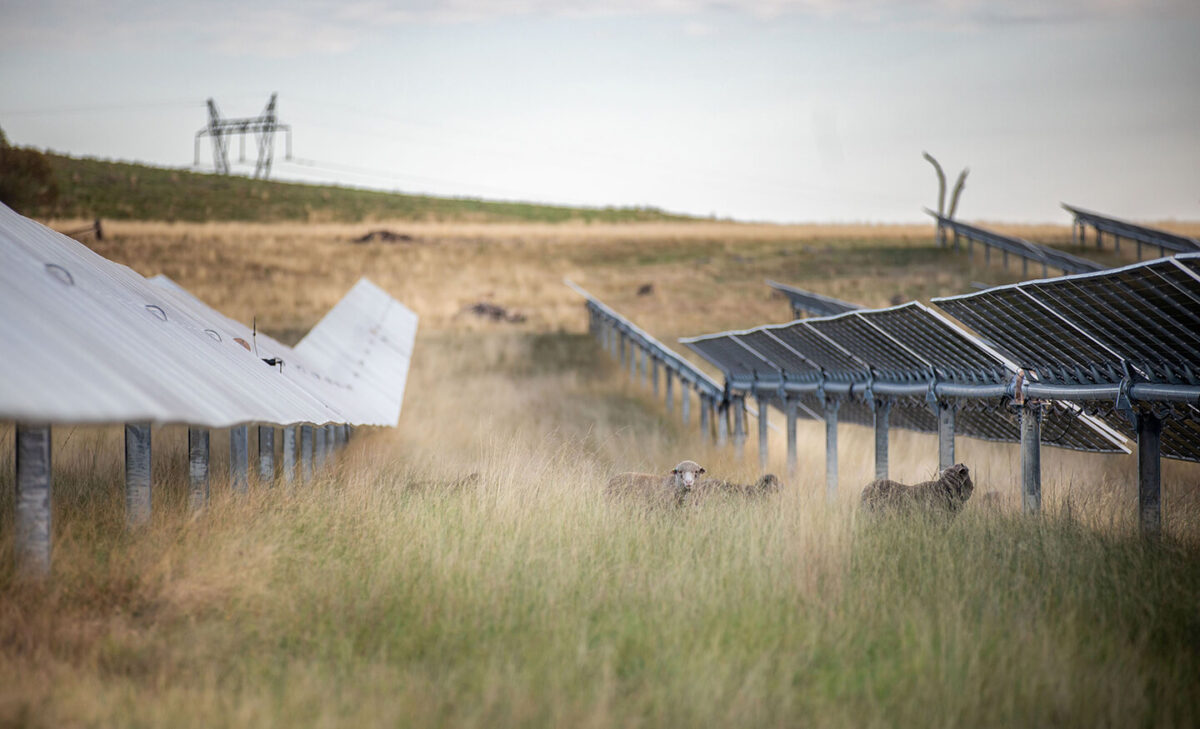
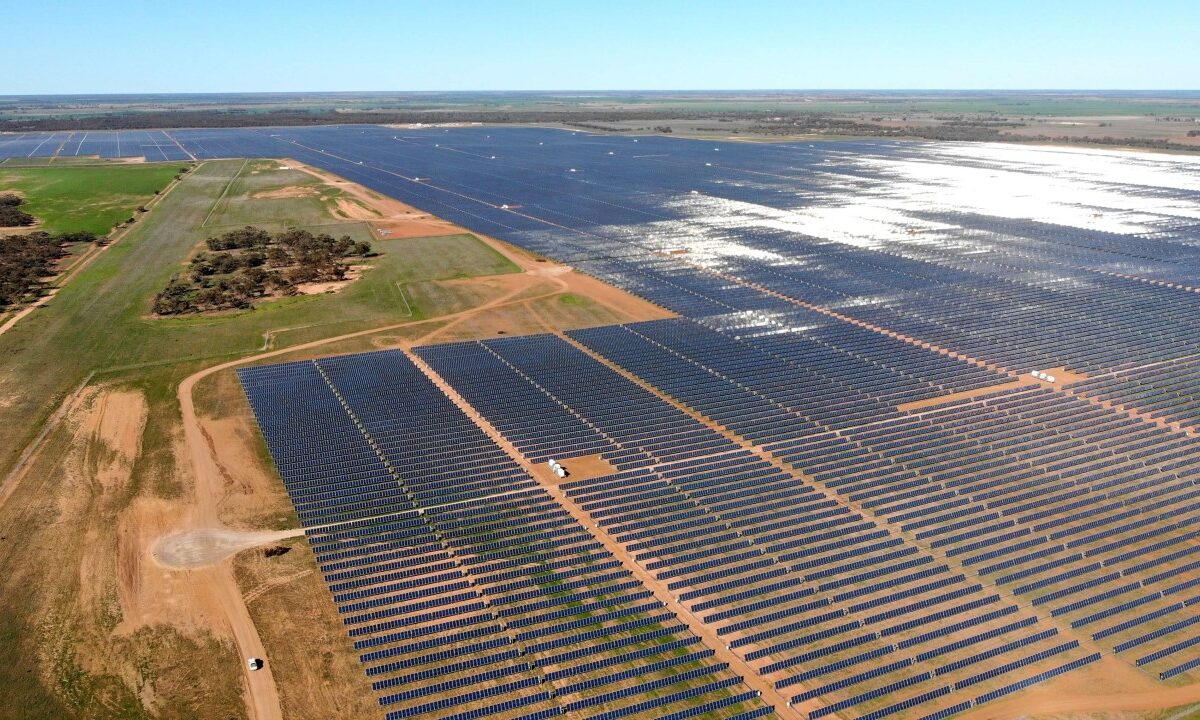
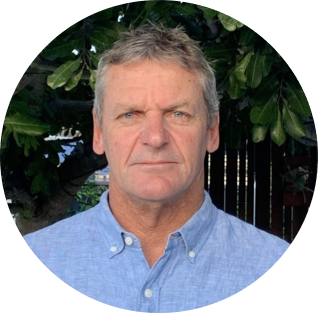



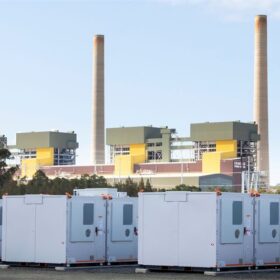
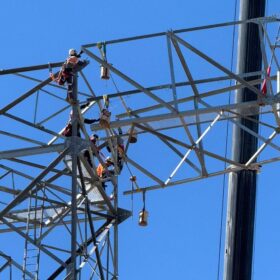
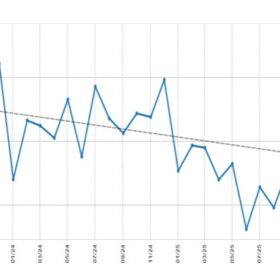
By submitting this form you agree to pv magazine using your data for the purposes of publishing your comment.
Your personal data will only be disclosed or otherwise transmitted to third parties for the purposes of spam filtering or if this is necessary for technical maintenance of the website. Any other transfer to third parties will not take place unless this is justified on the basis of applicable data protection regulations or if pv magazine is legally obliged to do so.
You may revoke this consent at any time with effect for the future, in which case your personal data will be deleted immediately. Otherwise, your data will be deleted if pv magazine has processed your request or the purpose of data storage is fulfilled.
Further information on data privacy can be found in our Data Protection Policy.